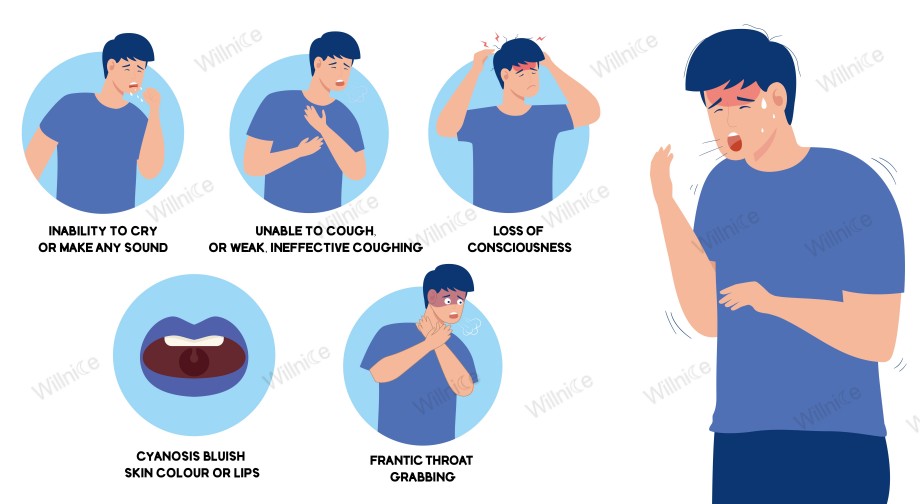
Recognizing the Universal Choking Sign for First Aid
The universal choking sign is a crucial non-verbal signal. It involves a person clutching their throat with one or both hands, indicating their airway is blocked, and they cannot breathe properly. This gesture is essential because it allows those nearby to identify that immediate help is needed quickly. Recognizing and acting on this distress signal is vital to choking first aid.How Can You Identify if Someone Is Choking?
Beyond the universal choking sign, there are other clear indicators that someone may be choking. These include the inability to speak, cough, or breathe, as well as noisy wheezing sounds or complete silence while trying to inhale. The person may also display signs of distress, such as panicking, wide eyes, or blueness around the lips and face due to a lack of oxygen.
What Should You Do When You See the Choking Sign?
If you observe someone exhibiting the choking sign, act quickly to assist. Confirm that they are choking and not simply coughing. If they cannot speak or cough forcefully, begin administering back blows and abdominal thrusts, commonly known as the Heimlich maneuver. Stand behind the person, place your arms around their waist, and deliver quick, upward thrusts above their navel to dislodge the obstruction. If the person becomes unresponsive, call emergency services immediately and initiate CPR if necessary.
How to Perform First Aid for Choking in Adults and Children?
Step-by-Step Guide to Performing the Heimlich Maneuver
The Heimlich maneuver, also known as abdominal thrusts, is a lifesaving first aid technique to clear an object causing airway obstruction. Here's how you can perform it on adults:- Position Yourself Properly: Stand behind the choking person and wrap your arms around their waist.
- Form a Fist: Make a fist with one hand and place it just above the navel, with the thumb side facing inward.
- Deliver Abdominal Thrusts: Use your other hand to grasp your fist and perform quick, upward thrusts. Repeat until the airway is cleared and the person can breathe, cough, or speak again.
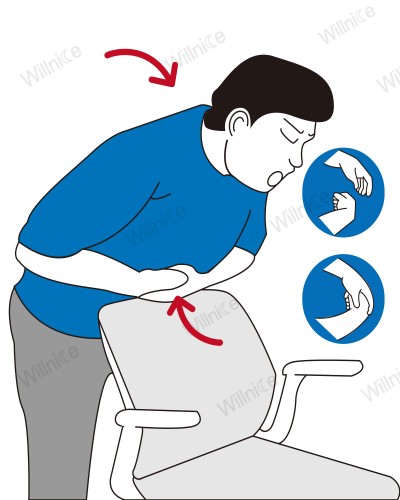
What are abdominal thrusts, and when do you use them?
Abdominal thrusts are a specific type of forceful upward movement applied to the upper abdomen, just above the navel, to create pressure in the airway. This pressure helps expel the object causing the blockage. They are used when someone is choking and unable to breathe, speak, or cough. Abdominal thrusts are particularly effective for complete airway obstructions but should not be performed if the person is coughing forcefully, as this may help expel the object without intervention.
Do not use abdominal thrusts on pregnant individuals or infants under one year old. For pregnant individuals, chest thrusts are recommended as an alternative. For infants, back blows and chest thrusts should be used instead.
When should you call for medical help?
It is crucial to call for medical assistance in certain choking situations. Call emergency services immediately if:
- The person is unresponsive or becomes unconscious during the intervention.
- The choking persists despite back blows and abdominal thrusts.
- You suspect the person may have sustained injuries due to the first aid techniques.
- The individual continues to experience breathing difficulties after the object is dislodged.
Prompt medical evaluation ensures the airway is clear and any complications resulting from the choking incident are appropriately managed. Emergency responders should always be provided with emergency responders as much detail as possible regarding the steps already taken.
First Aid for Choking in Infants
What techniques should be used for infants who are choking?
When an infant is choking, it is crucial to act quickly but calmly. The recommended first aid techniques for infants under one year of age include a combination of back blows and chest thrusts. Do not attempt abdominal thrusts or techniques intended for older children or adults, as these can cause harm to the infant's delicate anatomy. Always ensure you support the infant’s head and neck during the process.
Before beginning, check if the infant can cry, cough, or breathe adequately. If they cannot do so, lay them face down along your forearm, ensuring their head is lower than their chest. Use the heel of your hand to deliver firm but gentle back blows between their shoulder blades. Following this, alternate with chest thrusts while the infant is positioned face-up, applying pressure to the middle of the chest with two or three fingers.
How do back blows and chest thrusts work for infants?
Back blows are designed to create vibrations and pressure in the infant's airway, helping to dislodge the obstructing object. By delivering the blows between the shoulder blades while the infant is positioned downward, gravity aids in clearing the airway.
Chest thrusts, on the other hand, exert controlled upward pressure on the chest, compressing the lungs and forcing air upward through the airway. This pressure helps to expel the object, similar to how a cough functions. Combining these techniques effectively maximizes the chances of clearing the obstruction without causing further injury to the infant. Both methods rely on understanding the infant's anatomy and should be executed with proper care. If the blockage persists, seek emergency medical assistance immediately.
Everyday Objects That Cause Choking Hazards
What are the most common choking hazards for children?
Children are especially vulnerable to choking because of their small airways and tendency to explore the world orally. Common choking hazards include small toys or parts of toys, marbles, buttons, coins, and batteries, particularly button batteries. Food is another leading cause, with items like whole grapes, nuts, hard candies, raw vegetables, popcorn, hot dogs, and chunks of meat or cheese posing significant risks. Household items such as pen caps, balloons, and small jewelry can also be dangerous if accidentally swallowed. It's essential to be mindful of these objects, especially for children under four.
How can you prevent choking incidents at home?
Preventing choking at home involves identifying and eliminating potential hazards while encouraging safe eating and play behaviors. Ensure all small objects, including toys or items with detachable parts, are kept out of reach of young children. Always supervise mealtime and cut foods like grapes, hot dogs, and raw vegetables into small, manageable pieces. Teach children to chew thoroughly and avoid running, talking, or laughing while eating. Remove deflated or broken balloons immediately and ensure age-appropriate toys are selected based on safety guidelines. Additionally, it is vital to familiarize yourself with basic choking first aid techniques to act promptly in an emergency.
When to Use CPR for a Choking Victim
CPR should be used for a choking victim when they become unresponsive and are no longer breathing normally. This typically occurs if the airway remains obstructed despite initial attempts to dislodge the object using abdominal thrusts or back blows. Once unresponsiveness is confirmed, it is critical to begin CPR immediately while ensuring emergency services are contacted. The application of chest compressions and rescue breaths during CPR can help expel the obstruction and restore oxygen flow to the victim's body.
How Do You Know if Someone Becomes Unresponsive?
People may become unresponsive if they cannot respond to verbal or physical stimuli. Signs include lack of movement, inability to communicate, and absence of standard breathing patterns. If the choking victim is unresponsive, the primary focus should be to assess their breathing and call for emergency medical assistance without delay. Begin CPR immediately if the victim does not show signs of effective breathing, such as visible chest movement or normal airflow.
What Is the Role of Rescue Breaths in Choking Emergencies?
Rescue breaths are crucial in delivering oxygen to a choking and unresponsive victim. During CPR, rescue breaths are administered after chest compressions to provide necessary oxygen to the lungs. For choking victims, rescue breaths may also help dislodge the obstruction by creating pressure in the airway. Ensure that the airway is checked and cleared if visible, and perform rescue breaths only as instructed in CPR guidelines to maximize their effectiveness in saving lives.
Resources for Learning Choking First Aid
How can the American Red Cross help you learn first aid?
The American Red Cross offers various resources for learning first aid techniques, including those specific to choking emergencies. You can enroll in certified first aid and CPR courses taught by qualified instructors in person or online. These courses provide hands-on training with mannequins that simulate real-life scenarios, giving participants confidence and practical skills. Additionally, the organization offers online educational materials, videos, and guides that explain first-aid steps in detail. These resources ensure individuals are equipped to act effectively in emergencies involving choking.
What are some free first aid apps available?
Several free first aid apps provide accessible and on-the-go guidance for managing emergencies such as choking. The American Red Cross First Aid App is highly recommended, offering step-by-step instructions, videos, and interactive quizzes to educate users on handling various medical situations. The St John Ambulance First Aid app is another excellent option, delivering easy-to-follow advice for emergencies, including choking incidents, straight to your smartphone. Other apps, like the British Red Cross First Aid app, are designed with visual demonstrations and offline capabilities, ensuring access to lifesaving information even without an internet connection. These tools make learning and applying first aid knowledge more convenient and widely available.
Frequently Asked Questions
Q: What should you do if you see someone choking and cannot cough or breathe?
A: If a person becomes unresponsive or cannot speak, you should stand behind them, wrap your arms around their waist, and perform abdominal thrusts, also known as the Heimlich maneuver, to try and dislodge the object blocking their airway.
Q: How can I tell if someone is partially choking?
A: Signs of partial choking include the individual's ability to cough forcefully, make sounds, or breathe. They are typically not in immediate danger if they can speak, but you should still monitor the situation closely.
Q: What steps should I take if an infant is choking?
A: If an infant is choking, you should turn the infant face down on your forearm while supporting their head. Give five firm back blows between the shoulder blades, then turn the infant face up and perform five chest compressions using two fingers just below the nipple line until the obstruction is cleared or help arrives.
Q: What do I do if the person becomes unresponsive while choking?
A: If the person becomes unresponsive, call 911 immediately and begin CPR if you are trained. This involves chest compressions and rescue breaths to help clear the airway and provide oxygen until help arrives.
Q: What is the Heimlich maneuver, and when should it be used?
A: The Heimlich maneuver is a lifesaving technique used to clear an obstruction from the airway. It should be used when someone is choking and cannot breathe, cough, or speak. The method involves using abdominal thrusts to dislodge the blockage forcefully.
Q: Can I perform chest compressions instead of abdominal thrusts?
A: Yes, if the person is pregnant or very obese, you may need to perform chest compressions instead of abdominal thrusts. Position yourself behind the person and use the heel of your hand to perform compressions on their chest to help clear the airway.
Q: How can I prevent choking incidents in my home?
A: To prevent choking incidents, keep small objects and food items out of reach of young children. Educate family members about the importance of chewing food thoroughly and the risks associated with eating while laughing or talking.
Q: What training is available for choking emergencies?
A: The American Red Cross offers training courses on responding to choking emergencies, including the Heimlich maneuver, CPR, and basic life support (BLS). These courses provide essential skills for individuals to respond effectively in choking situations.
References
- MedlinePlus - Choking First Aid: This source explains that the universal distress signal for choking is grabbing the throat with one or both hands.
- New York State Department of Health - First Aid Guide: This document outlines the universal choking sign and other related symptoms.
- Henrico County Division of Fire - Facebook Post: This post describes the universal sign of choking and additional indicators like difficulty breathing or inability to talk.


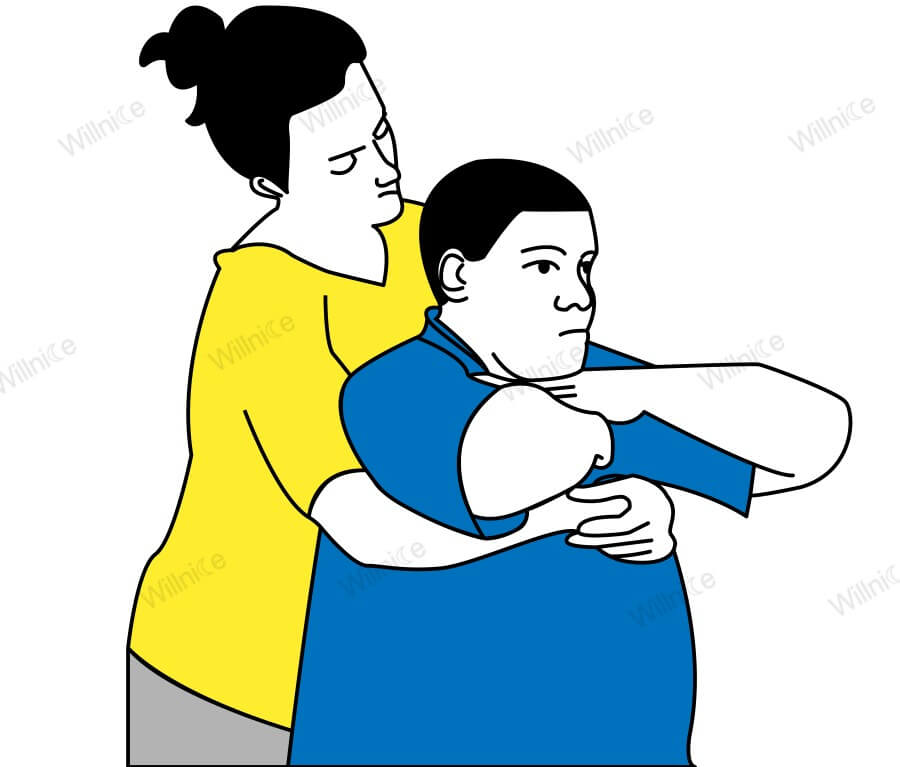

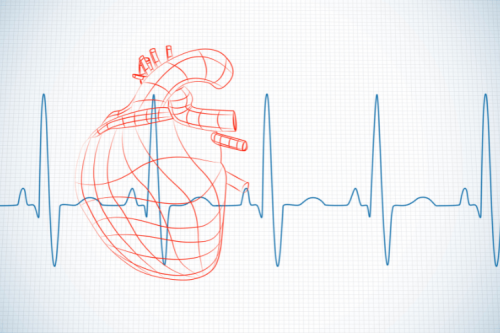
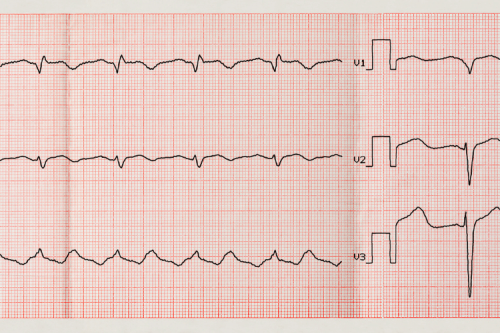

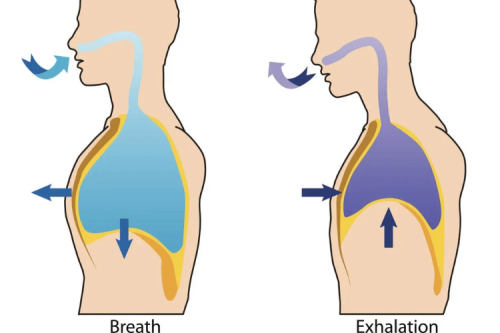
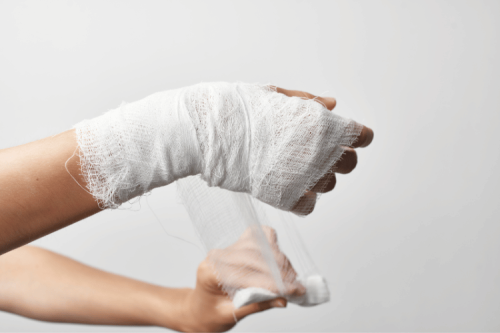
 Login with Google
Login with Google Login with Facebook
Login with Facebook